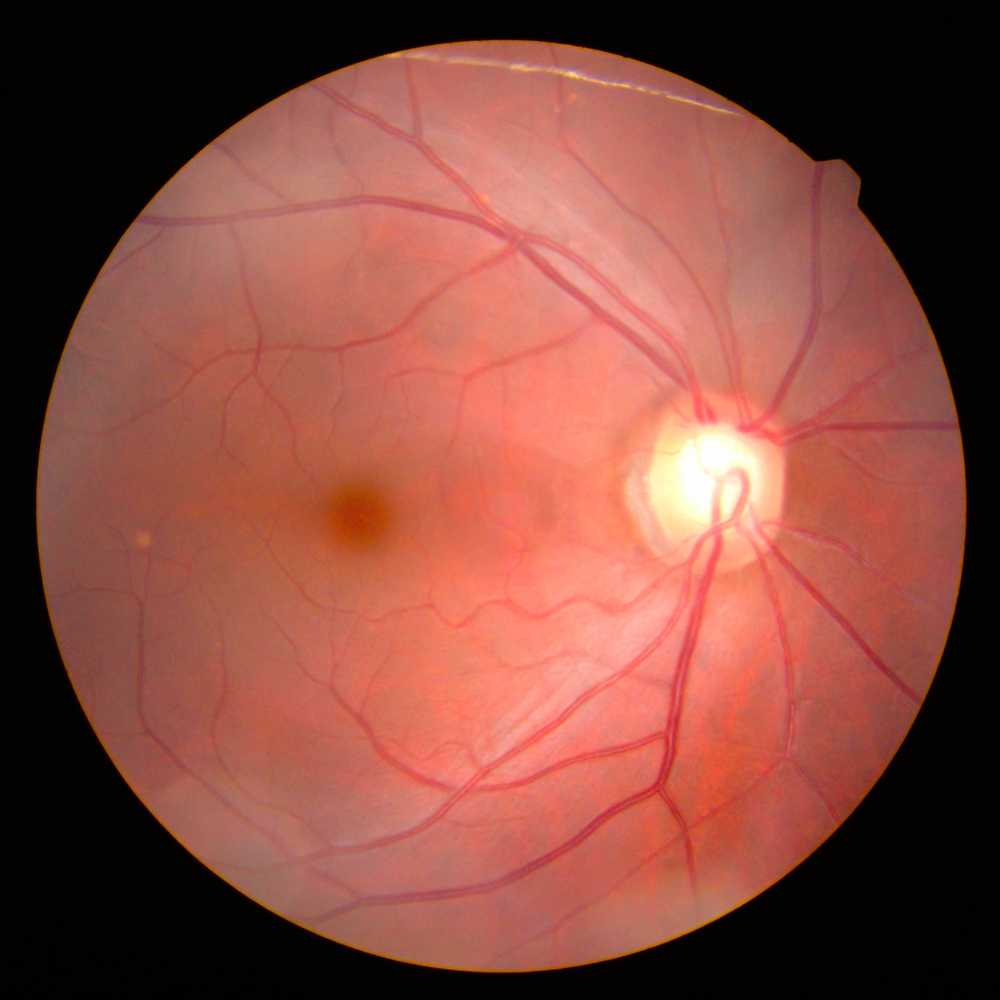Cataracts Explained: Symptoms, Causes, and Treatment Options
Blog:Cataracts Explained: Symptoms, Causes, and Treatment Options

Cataracts Explained: Symptoms, Causes, and Treatment Options
Cataracts are a common eye condition that affects the lens of the eye. As we age, the lens, which is normally clear, can become cloudy, leading to blurred or distorted vision. This clouding of the lens is known as a cataract. Cataracts can develop in one or both eyes, and they are a leading cause of vision loss among older adults.
Cataracts can significantly impact your daily life, making it difficult to perform everyday tasks such as reading, driving, or even recognizing faces. Understanding the symptoms, causes, and available treatment options is crucial for maintaining your vision health and quality of life.
Common Symptoms of Cataracts
The most common symptoms of cataracts include:
- Blurred or cloudy vision
- Increased sensitivity to glare and bright lights
- Difficulty seeing at night or in low-light conditions
- Double vision or the appearance of multiple images in one eye
- Frequent changes in eyeglass or contact lens prescriptions
- Faded or yellowed color perception
If you experience any of these symptoms, it's important to schedule an appointment with your eye care professional for a comprehensive examination.
Understanding the Causes of Cataracts
Cataracts can develop for a variety of reasons, but the most common cause is the natural aging process. As we grow older, the proteins in the eye's lens can start to break down and clump together, leading to the formation of a cataract. Other potential causes of cataracts include:
- Exposure to ultraviolet (UV) radiation from the sun
- Certain medical conditions, such as diabetes, hypertension, or eye injuries
- Prolonged use of certain medications, such as steroids
- Genetic factors or family history of cataracts
- Smoking and excessive alcohol consumption
Understanding the underlying causes of cataracts can help you take proactive steps to prevent or delay their development.
The Importance of Regular Eye Exams for Early Detection of Cataracts
Regular eye exams are crucial for the early detection and management of cataracts. During a comprehensive eye exam, your eye doctor will be able to identify the presence and progression of cataracts, allowing for timely treatment and the preservation of your vision.
Early detection of cataracts can also help you and your eye care team develop a personalized plan to manage the condition, which may include non-surgical methods or the timing of cataract surgery.
Different Treatment Options for Cataracts
If you are diagnosed with cataracts, there are several treatment options available to you, depending on the severity of your condition and your individual needs. In the early stages of cataract development, your eye care professional may recommend non-surgical methods to manage your symptoms, such as:
- Improved Lighting and Glare Reduction: Using brighter lighting, anti-glare sunglasses, or specialized lenses can help reduce the impact of cataracts on your daily activities.
- Prescription Eyeglasses or Contact Lenses: Your eye care professional may prescribe new or updated eyeglasses or contact lenses to help improve your vision.
- Magnifying Devices: Magnifying lenses or electronic devices can assist with reading and other close-up tasks.
If your cataracts progress to the point where non-surgical methods are no longer effective, your optometrist may recommend cataract surgery. This is a common and highly successful procedure that involves the removal of the clouded lens and the replacement with a clear, artificial lens implant.
Lifestyle Changes to Help Prevent or Delay Cataract Development
While you cannot completely prevent the development of cataracts, there are several lifestyle changes you can make to help reduce your risk or delay the progression of the condition:
- Protect Your Eyes from UV Exposure: Wear sunglasses or hats with wide brims when spending time outdoors to minimize your exposure to harmful UV rays.
- Maintain a Healthy Diet: Incorporate foods rich in antioxidants, such as fruits and vegetables, which may help slow the development of cataracts.
- Quit Smoking and Limit Alcohol Consumption: Smoking and excessive alcohol use have been linked to an increased risk of cataract development.
- Manage Underlying Health Conditions: Conditions like diabetes and hypertension can contribute to cataract formation, so it's important to work with your healthcare provider to manage these conditions effectively.
Taking Action Against Cataracts for Better Vision
Cataracts are a common eye condition that can significantly impact your quality of life, but with early detection and proper management, you can take steps to preserve your vision and maintain your independence. By understanding the symptoms, causes, and available treatment options, you can work closely with your eye care professional to develop a personalized plan to address your cataract-related concerns.
Schedule a comprehensive eye exam to assess your vision health and explore the best cataract treatment options for your needs. Take control of your eye health and enjoy the world in clear focus. Visit Texas State Optical at our office in Buda, Texas, or call (512) 991-8656 to book an appointment today.



